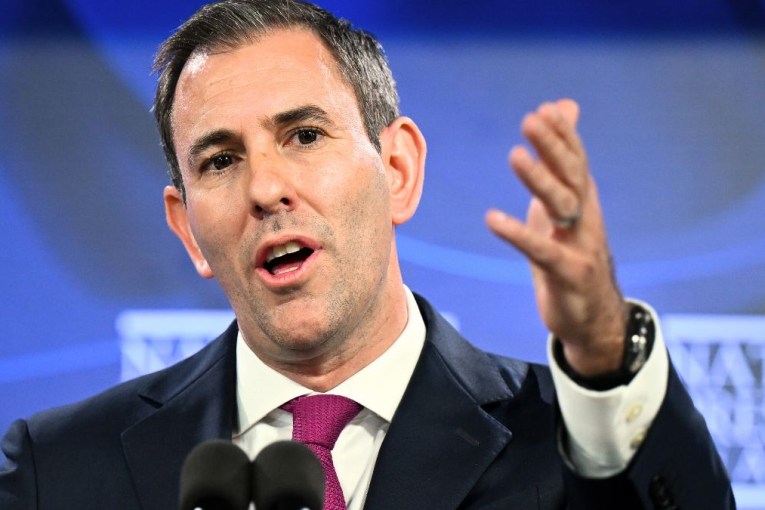Keeping super in a dud fund can cost a fortune


Staying with a dud super fund will be a disaster in the long term. Photo: TND
Superannuation members could lose up to $225,000 by staying in dud super funds regardless of warnings from regulator APRA, new research shows.
A survey from Industry Super Australia (ISA) found that 850,000 fund members had stayed with 13 underperforming super funds after APRA’s first performance test results were released in 2021.
That is a total of 85 per cent of all members of the duds.
By not switching to a top-performing fund, they lost a collective $1.6 billion, or an average of $1900 each, in the following 12 months.
If they were to stay in a dud for 30 years the loss could be $225,000, ISA found.
“This is a reminder that there is huge cost to doing nothing if you are in a dud super fund,” ISA CEO Bernie Dean said.
“Lots of people don’t know you can be stapled to a super fund that has failed the government’s performance test, and that could punch a huge hole in a person’s nest egg.”
The results of the survey did not surprise Ian Fryer, research director with Chant West.
“It’s an indication that most people simply do not worry about their super,” Mr Fryer said.
However, such a lack of concern can have disastrous effects in the long term, eating holes in retirement savings, as the table above shows.
Overall, 13 funds with $56 billion in super savings and one million members underperformed in 2021 and a further five with 600,000 members – including four of the previous year’s duds – underperformed in 2020.
Under APRA’s performance test rules a default fund that underperforms for two years running can’t take in new members, but it can continue to operate with current members.
So not reacting to a letter from APRA telling you that your fund is a dud can be costly.
The figures for those stuck in dud funds are in reality much higher because the Choice super sector, which contains half the systems funds under management, has yet to be assessed.
A review of the performance test system currently under way will determine which choice funds come up for assessment and when it will happen.
Take action
Principal with Steps Financial, Antoinette Mullins, says it is vital to take action if your super fund is underperforming.
However, that doesn’t mean you should look to see which fund topped the charts last year and just move your money into it.
“It’s really important that people look at the consistency of performance over a long period of time,” Ms Mullins said.
That means looking back as far as 10 years if a fund provides that information.
“Definitely look back more than five years,” she said.
A fund that has performed consistently over a long period of time will give you better returns than one that shot the lights out for a year or two but fell back towards underperformance after that.
When looking for a consistently performing fund, the above chart from Chant West should help.
It shows that a growth or balanced fund with between 61 and 80 per cent of growth assets should have produced returns of about 5 per cent over five years, 6 per cent over seven years and 7 per cent over 10 years.
Ms Mullins says that when choosing a fund, “look under the hood and really see what it is you are invested in. A fund with 50 per cent growth assets will perform very differently to one with 80 per cent”.
Consistent performance
So make your decision on the adequacy of the fund’s consistent performance with knowledge of where it is invested and perhaps compare that with funds with similar asset makeup.
Super funds appear to be reacting to being classed as underperforming by cutting fees to try to improve things.
Research from Super Consumers Australia found that every fund that failed the 2021 performance test has cut fees or improved performance.
Fee cutting was a common response, with the average underperformer cutting fees by 20 per cent.
The dud performers cut their fees from 1.09 per cent to 0.87 per cent while those with marginal performance cut their fees by 5.7 per cent.
The top performers, however, increased fees by 5.7 per cent.
Fees are a vital part of performance and will further undermine a fund with low returns.
“If you’re paying a high fee and your fund is underperforming, that’s a massive impact on your account balance,” Ms Mullins said.
Look at fund’s fees
So consider your fund’s fees when you are looking at returns and asset makeup when deciding whether it suits your needs.
You will also need to look at other factors like insurance in deciding which fund is appropriate for you.
A fund that offers you the insurance you need could suit your needs better than a fund with slightly higher returns.
Don’t necessarily be put off by the fact that your fund’s fees have gone up if its overall returns have improved.
“It could be that if your fund has had a good year, it could have to give 20 basis points of that back to asset managers in performance fees,” Mr Fryer said.
The New Daily is owned by Industry Super Holdings








